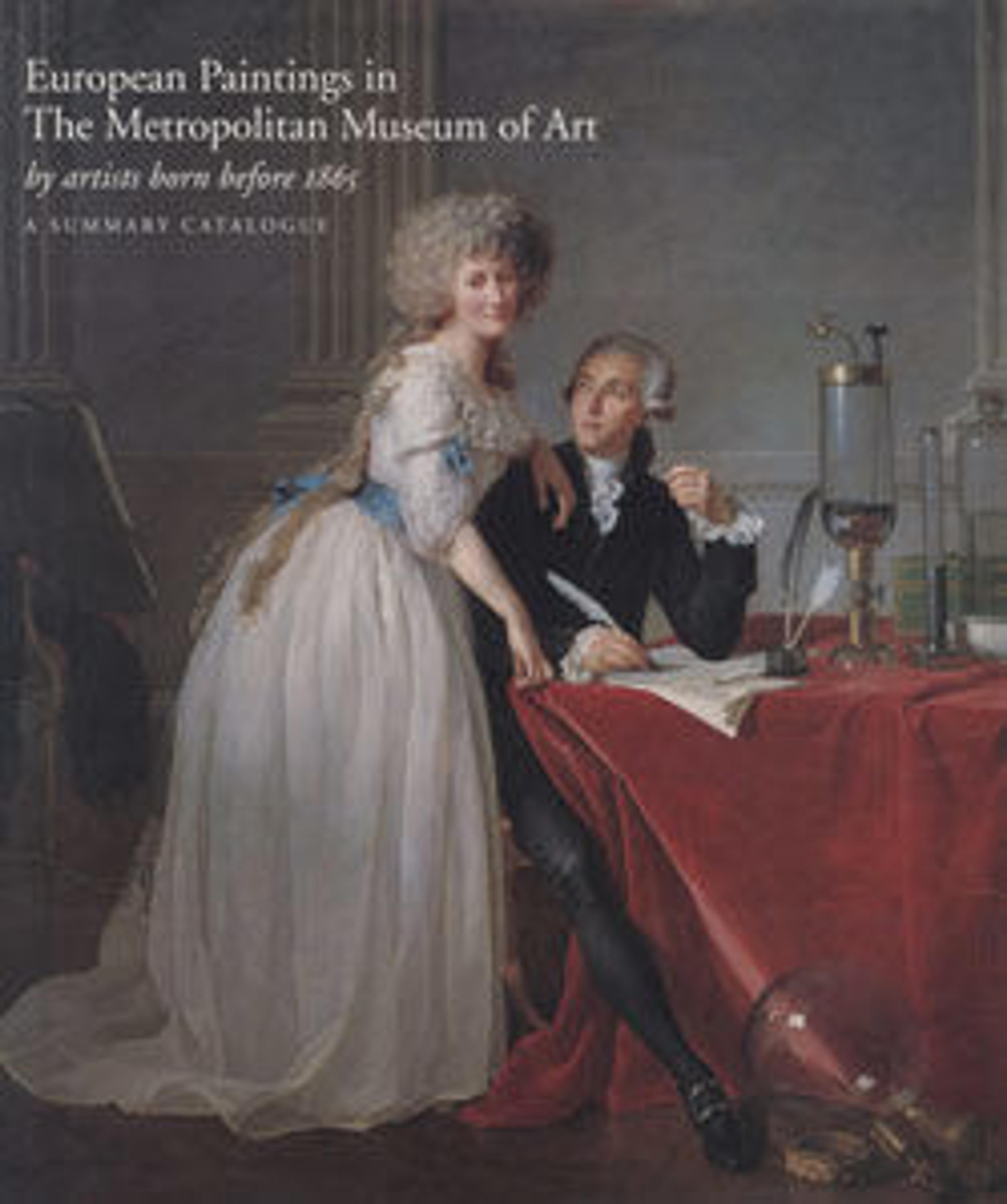The Ballet from "Robert le Diable"
When Degas made this picture in 1871, Giacomo Meyerbeer’s opera Robert le Diable was forty years old and feeling its age—as reflected by the man at center, indifferent to the action and directing his binoculars at the audience. But Degas was fond of the opera, and particularly of the scene depicted here, from the third act, in which nuns arise from the dead and dance seductively amid the ruins of a moonlit monastery. The painting was exhibited in early 1872, the date inscribed on the canvas; Degas later executed a larger version (Victoria and Albert Museum, London) for Jean-Baptiste Faure, who starred in the opera.
Artwork Details
- Title: The Ballet from "Robert le Diable"
- Artist: Edgar Degas (French, Paris 1834–1917 Paris)
- Date: 1871
- Medium: Oil on canvas
- Dimensions: 26 x 21 3/8 in. (66 x 54.3 cm)
- Classification: Paintings
- Credit Line: H. O. Havemeyer Collection, Bequest of Mrs. H. O. Havemeyer, 1929
- Object Number: 29.100.552
- Curatorial Department: European Paintings
More Artwork
Research Resources
The Met provides unparalleled resources for research and welcomes an international community of students and scholars. The Met's Open Access API is where creators and researchers can connect to the The Met collection. Open Access data and public domain images are available for unrestricted commercial and noncommercial use without permission or fee.
To request images under copyright and other restrictions, please use this Image Request form.
Feedback
We continue to research and examine historical and cultural context for objects in The Met collection. If you have comments or questions about this object record, please contact us using the form below. The Museum looks forward to receiving your comments.
